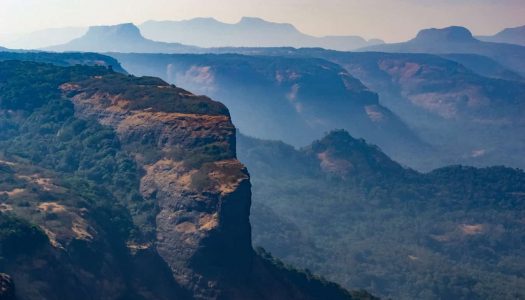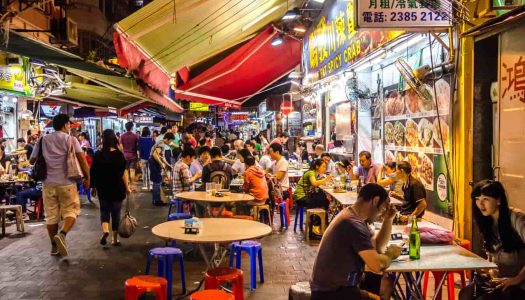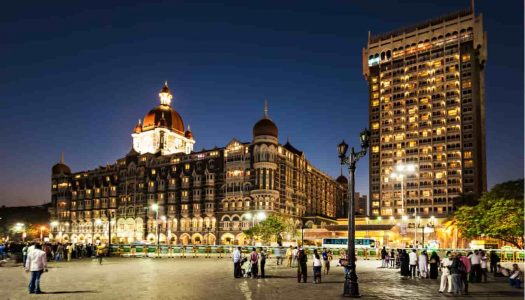In the heart of Mumbai, stands tall the iconic Gateway of India. Known for its majestic charm and massive construction, it is a super important monument for locals and tourists alike. The colonial structure played a significant role in the victory of India during the freedom struggle. Imagine witnessing a waterfront monument with panoramic views of the Arabian Sea. Now, that’s what you call an experience!
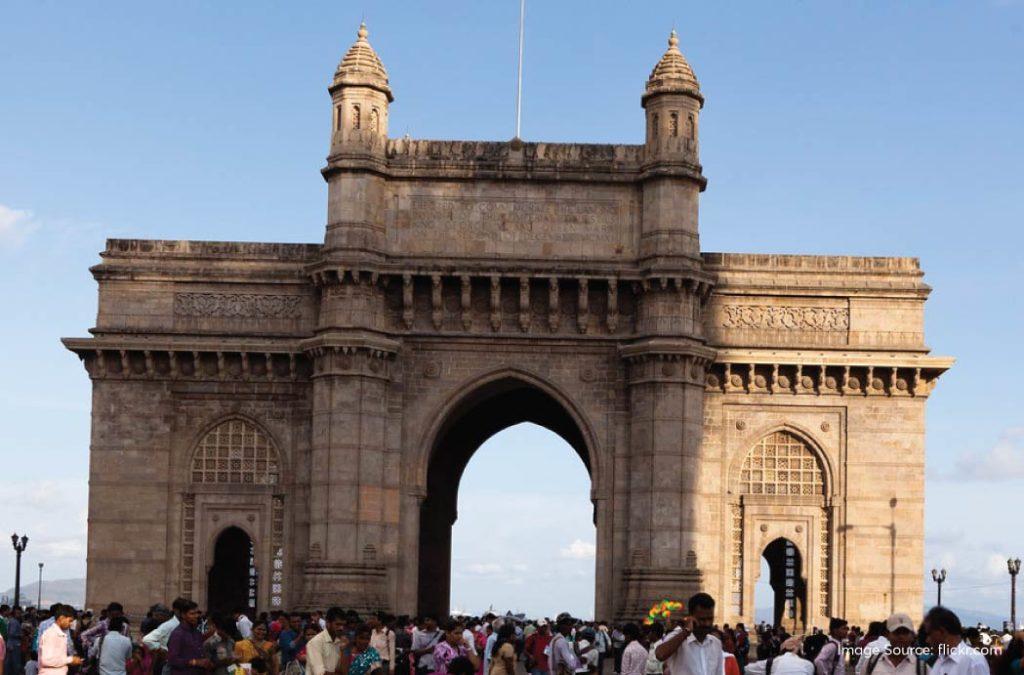
As touristy as it is, the Gateway of India is a remarkable monument for its historical elegance. The 85-foot-tall monument has witnessed political campaigns, noteworthy speeches and even the departure of the British from India. Sure that it excites you.
Historical Context
Years ago, when the British ruled India, many monuments were constructed to commemorate the visits or deaths of kings and queens. The story for the Gateway of India is somewhat similar. The Gateway of India was constructed to celebrate the arrival of King George V and Queen Mary in 1911.
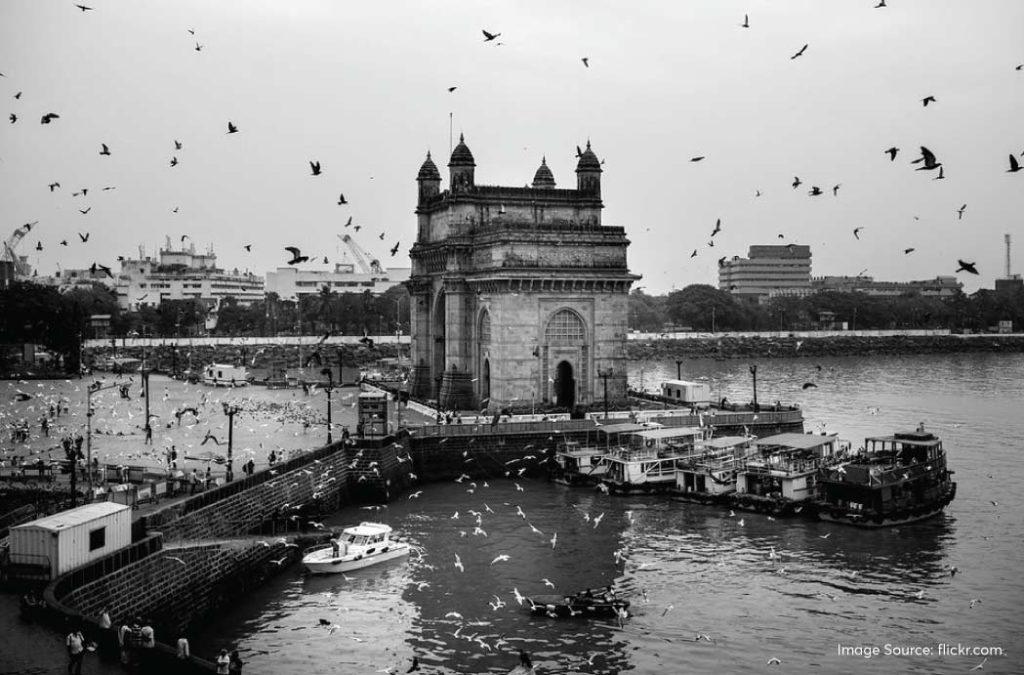
British colonists and government officials proposed the idea of constructing a huge gateway facing the Arabian Sea. They strategically chose the location as the gate would be visible even to the faraway travellers in the sea. Such a structure of heritage was to enhance British rule and create a grand entrance to Mumbai.
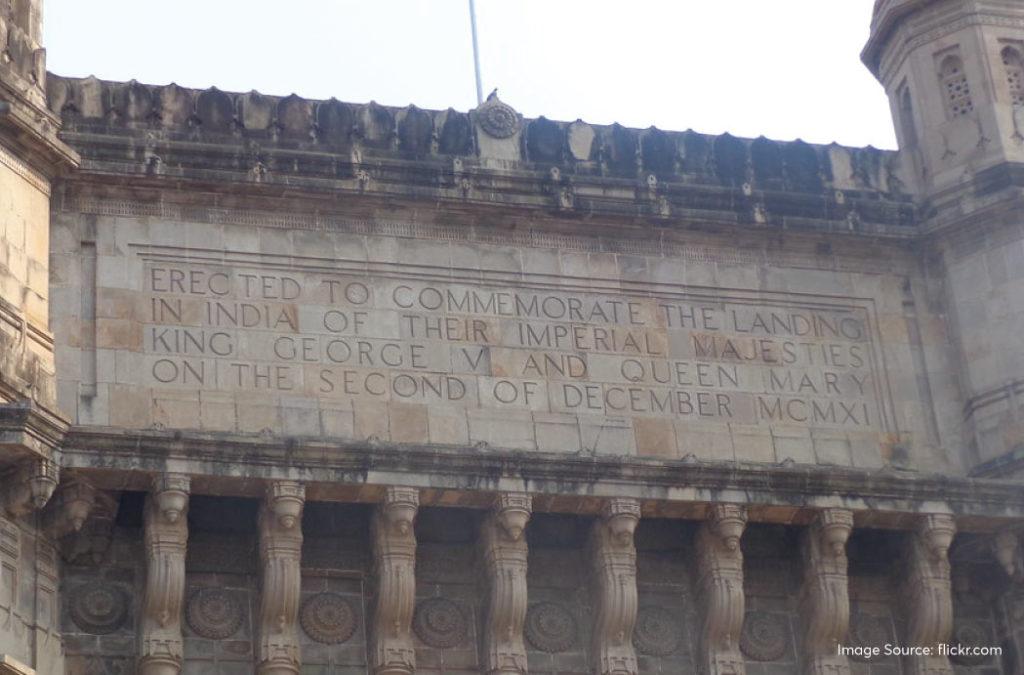
- In 1913, the foundation stone was laid by the then Governor of Bombay (now Mumbai).
- In 1914, the final design was sanctioned and George Wittet was finalised as the architect for the monument.
- From 1915 to 1919, the work began for reclaiming the land at Apollo Bunder on which Gateway was to be constructed.
- In 1920, the foundation was completed.
- It was in 1924 when the 85-foot-tall Gateway of India was open to the public.
Ready to see more of Mumbai’s iconic monuments and buildings? You won’t want to miss checking out the 20 colonial architectural structures for a fantastic time!
Architectural Marvel
Gateway of India is indeed an architectural spectacle! As you witness the monument, you can see different shapes, patterns and intricate details. That’s how the monument redefines the Indo-Saracenic architectural style. It is a combination of Hindu, Islamic and European styles.
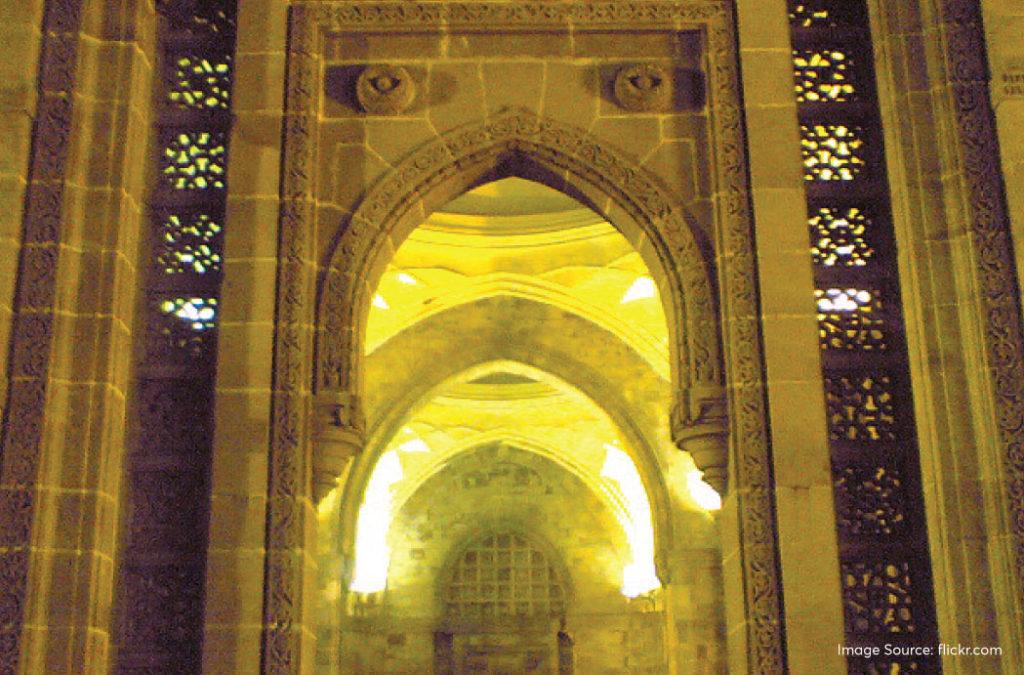
In the 16th century, Gujarati architecture was renowned for its fusion of elements. Surprisingly, Gateway of India also has a few Gujarati architectural elements including jali screens and floral motifs.
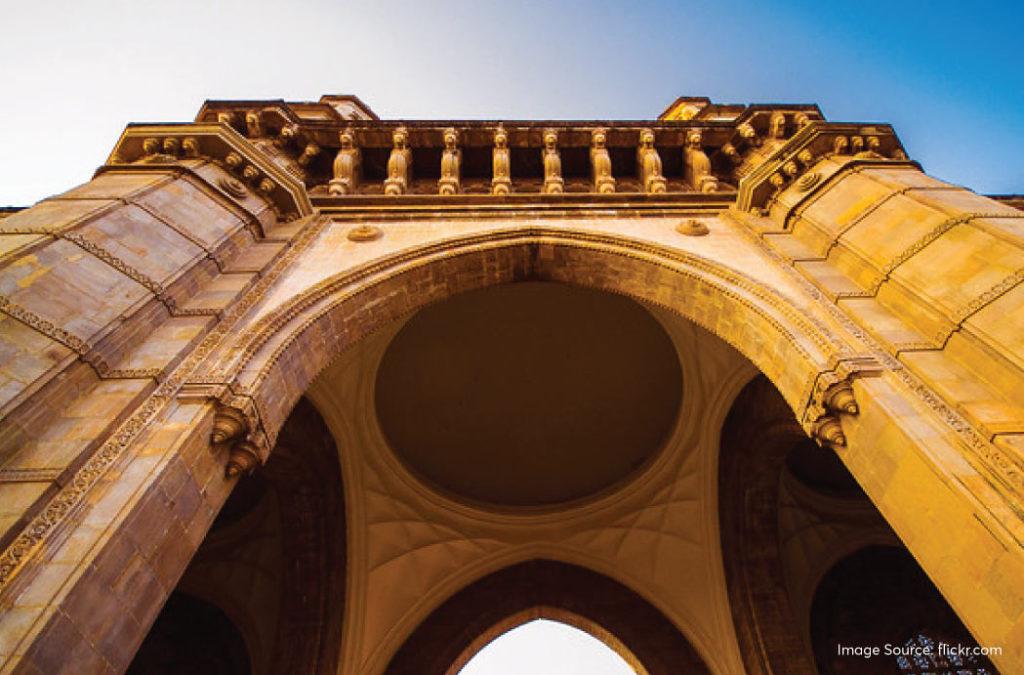
The colossal arch is the main attraction which has geometrical shapes and traditional symbols. Gateway of India is constructed with basalt rocks thereby offering a grand touch of sophistication.
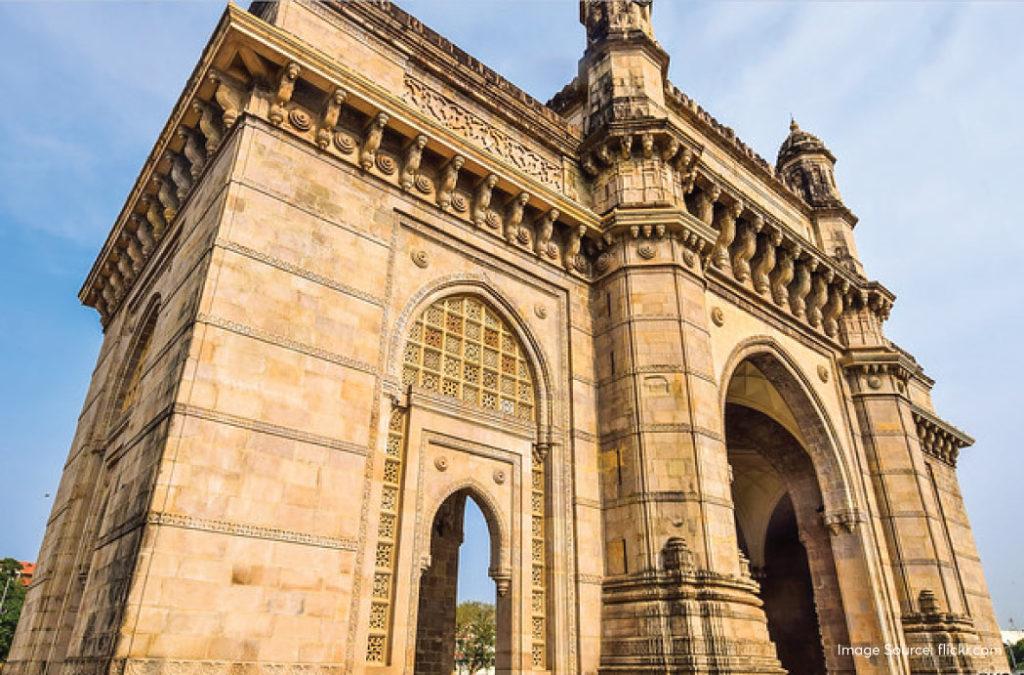
The huge dome on the top gives details about Islamic architecture. It is such a smooth blend of different styles. You can also notice the presence of turrets and minarets adding glory to the monument.
Visitor Experience
Gateway of India is no less than any bustling place in the city of dreams. In fact, this place is loved by all age groups. You can see elderly couples enjoying their time, young couples clicking pictures by the sea and little kids roaming around. Every corner has an emotion describing the stories of Mumbai! Moreover, many tourists and foreigners visit the Gateway of India to discover its historic and architectural elegance.
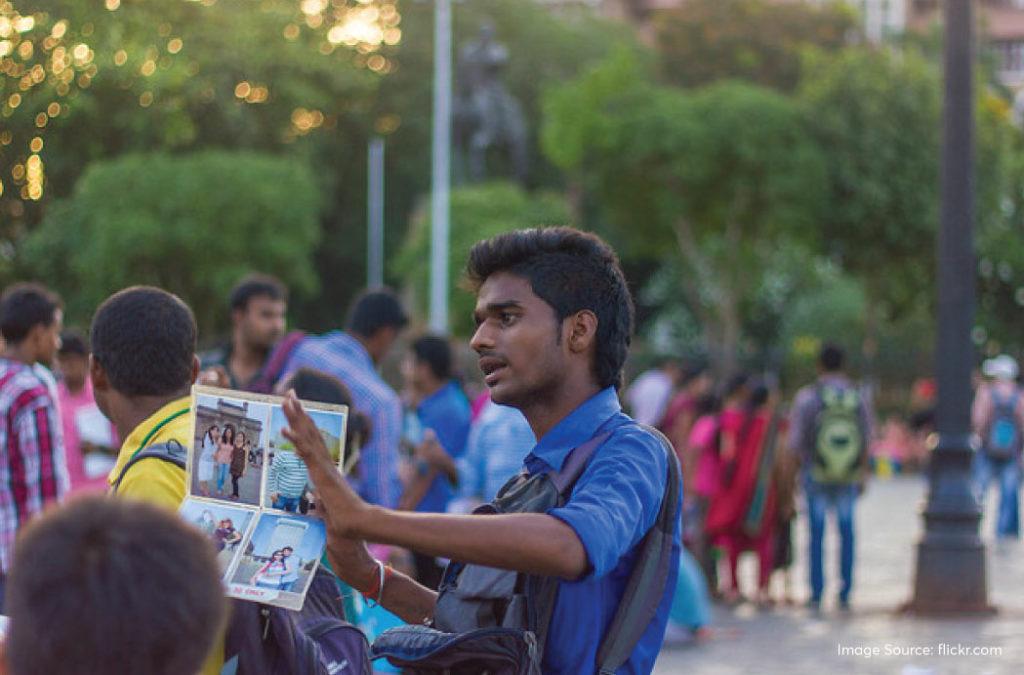
What’s so special? It is the awe-inspiring view of the Arabian Sea at the Gateway of India. A long stretch of sea is visible from here making it a place of beauty. Travellers love to sit by the sea and enjoy the charming views from here.
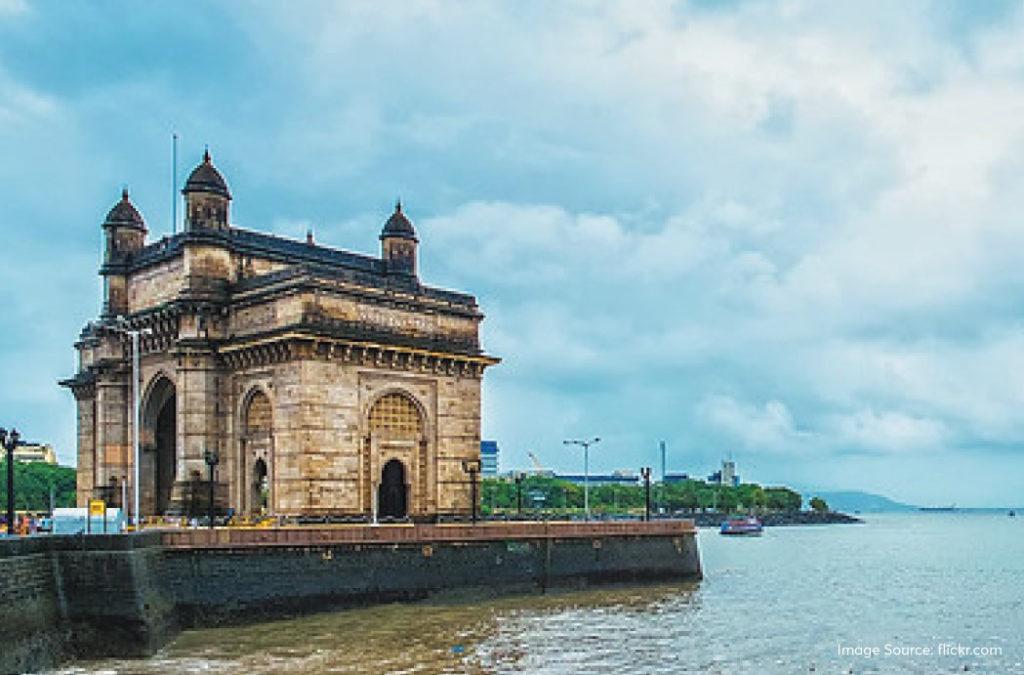
Moreover, it is also the starting point for ferries (boat rides) for long-distance travel. You can easily visit the Elephanta Caves, a UNESCO World Heritage Site, by taking a ferry from the place. The ferries also run to Alibaug and other places around.
The bustling simply does not stop with this! You can spot multiple photographers assisting tourists and locals to strike poses with the monument. Apart from this, the street vendors sell hot vada pavs and bhel redefining the legacy of Mumbai. As you enter the space, all you see is people enjoying their time in so many ways. Somehow, such a place of beauty in Mumbai helps every tourist feel at home!
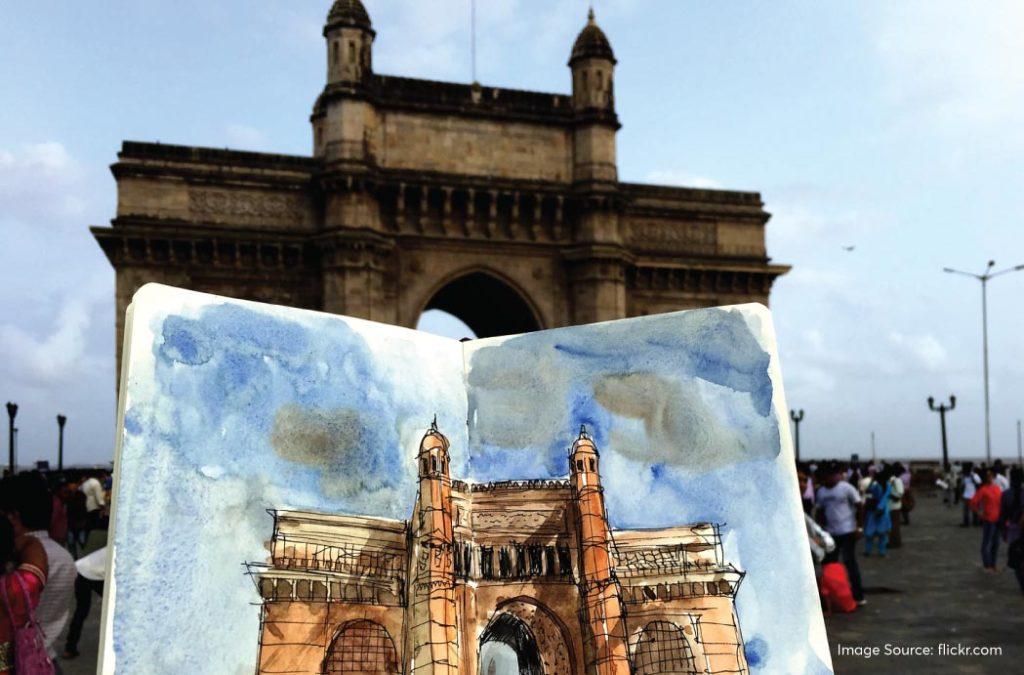
Thinking about wandering around Mumbai? There are some seriously awesome places you won’t want to miss out on. Get ready for a journey filled with unique experiences that’ll make your time in the city unforgettable!
Cultural and Historical Significance
Gateway of India, as it looks today, was far more than a tourist destination. The historical monument has been the central point for rallies and protests. Interestingly, it is the place where great leaders like Mahatma Gandhi, Subhash Chandra Bose and Pandit Jawaharlal Nehru delivered speeches to the citizens of India. Apart from this, Gateway of India witnessed massive celebrations on the day of independence in 1947.

But here’s something that you might not know! February 28th, 1948 was the day when the last troop of the British left India. Guess what? They departed right from the Gateway of India leading to an iconic moment for Indians. That’s how the monument receives so much love and recognition today!
In today’s time, Mumbaikars love to visit the Gateway of India not only because of its fame but the relaxing atmosphere it has! You can always be a part of exciting events here throughout the year. Heritage walks and midnight cycling tours often start from here. The monument is illuminated during historically important days, festivals and New Year’s Eve. It is often the place to pay honour and tribute to people who made or made a difference in elevating the country’s pride.
Conservation and Tourism
Gateway of India symbolises independence and resilience of the citizens. It also honours freedom fighters and served as the site for bidding farewell to British colonists. It’s vital for both citizens and the government to maintain and preserve this historic monument.
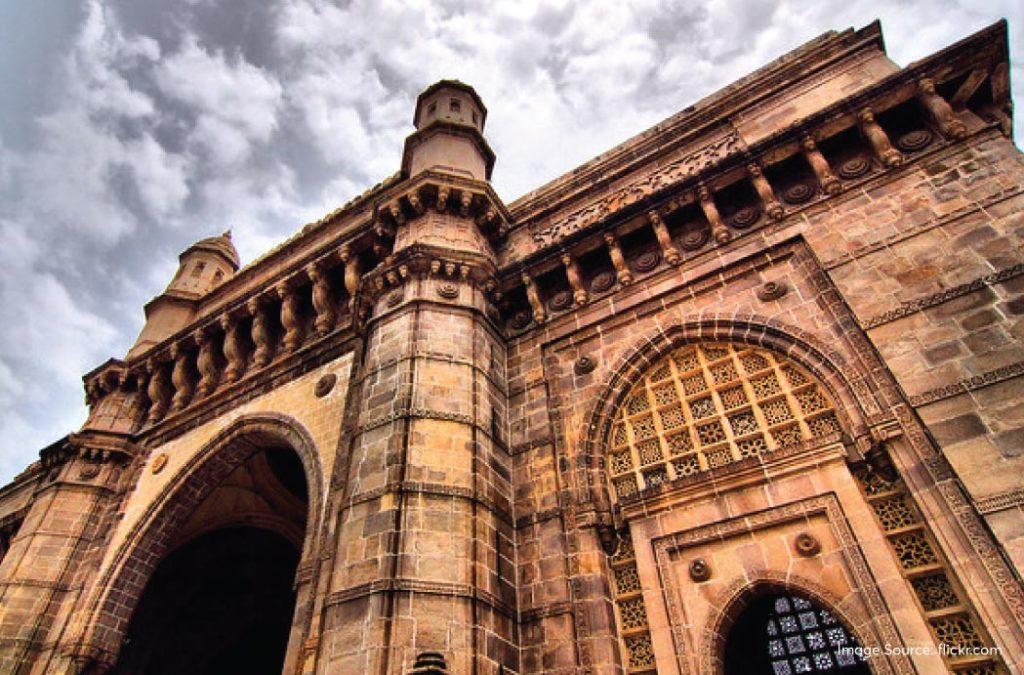
In 2023, INR 8.98 crore were allocated to the preservation of the structure. The structure was well analysed to find the areas for improvement. It is expected that the upkeep process shall start at the earliest to maintain the glory of this heritage structure.
Due to heavy tourism, there is a serious need to bring in professional guides. The government can also introduce electric cars for transportation around the Gateway of India making it a smooth journey for elderly travellers. Additionally, a minimal entry fee also ensures that people understand the value of the iconic structure.
How to Reach Gateway of India?
By Air
The nearest airport is Chhatrapati Shivaji International Airport which is 21.8 kilometres from the Gateway of India. You can either take a cab or travel via bus/railway to reach the destination.
By Rail
If you are on the western railway line, Churchgate is the nearest railway station. It is approximately 2.4 kilometres from the Gateway. If you are on the central line, Chhatrapati Shivaji Terminus (CST) is the nearest railway line. It is around 3 kilometres from the destination.
By Road
The Gateway of India is accessible easily via roadways. You can either travel via cab or state-run buses. Additionally, metro stations and new lines are already under construction which shall soon be open for the general public.
If you are travelling via taxi, it is best to ask the driver if it is a shared taxi or not. Similarly, enquire if the fare is counted as per the metre or per seat amount. Taxi drivers operate in different ways and it is best to understand everything beforehand.
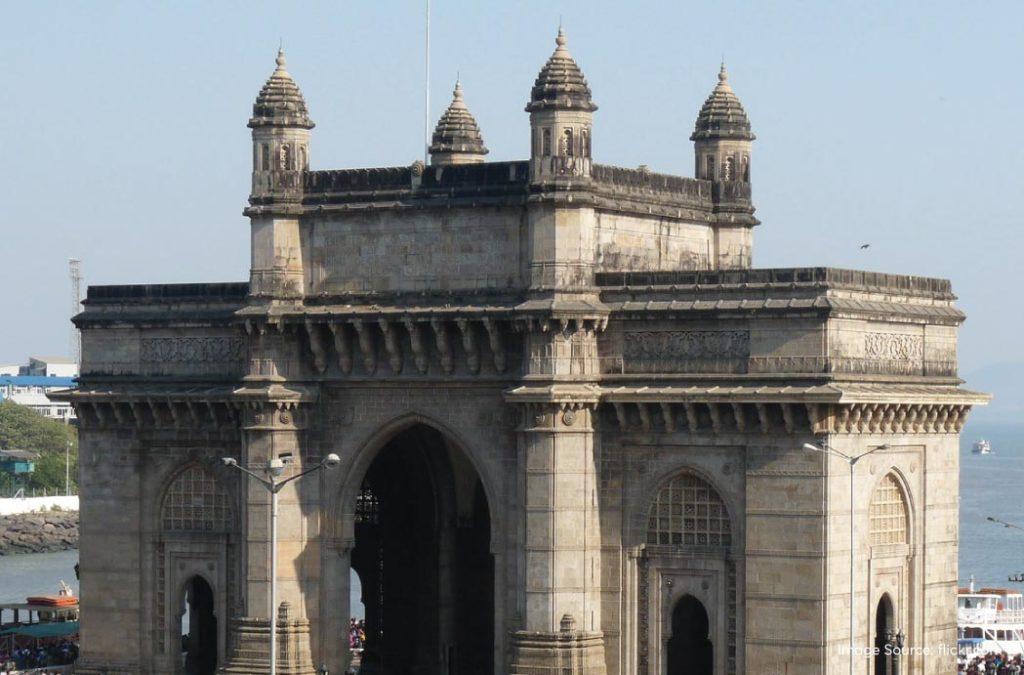
In Mumbai, you can find some amazing spots and museums that are absolute must-visits. They’re not just popular with tourists but also cherished by locals. So, if you’re exploring the city, you definitely can’t miss these places!
Best Time to Visit Gateway of India
The best time to visit Gateway of India is during the winter season or monsoon season. The temperature remains pleasant during the winter months from October to February. This is also the time when you can witness Christmas decorations throughout the Gateway area. Moreover, winter months are perfect for witnessing the mesmerising sunset and taking a yacht ride with your loved ones.
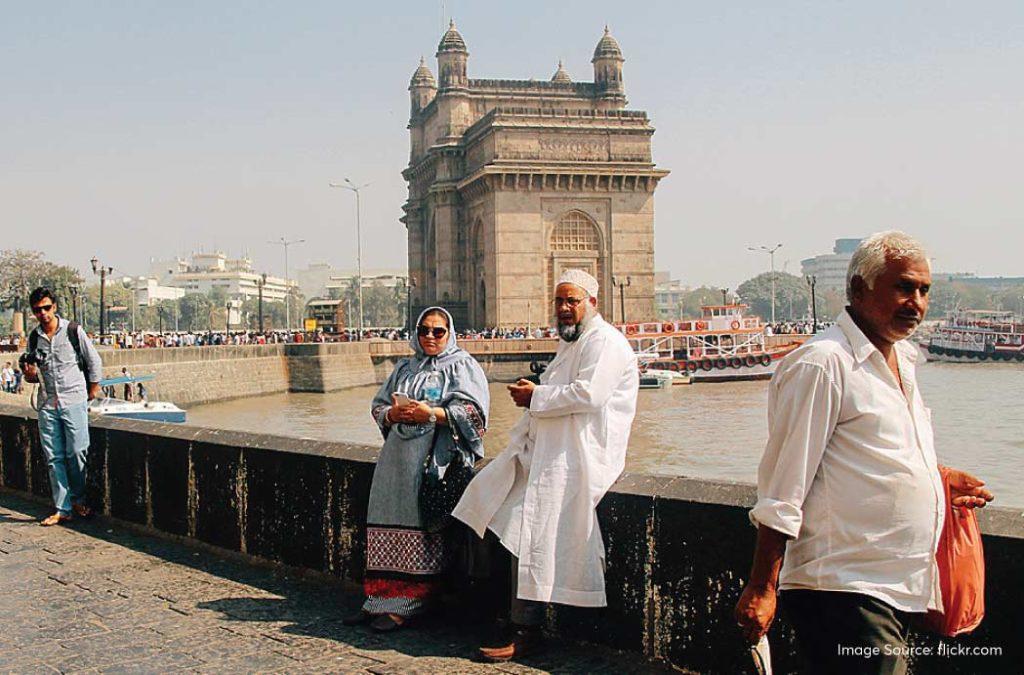
The monsoon season also attracts hundreds of visitors to the Gateway of India. The monsoon season is from July to September. It is because the hues of the sky with the dramatic waves of the Arabian Sea form a heavenly combination. That is something Mumbaikars love to watch, the alchemy of nature! If you too love drizzles, visit during June.
Whichever season you choose, you can either visit during the early morning or make a plan to visit after 4 PM. That’s when the heat is low and vendors begin with their selling.
Tips for Visitors
- Gateway of India offers free entry to all citizens. However, you need to go through a checking process so do not carry any sharp items.
- Gateway of India has many tour guides and authorized touts too. It is best to check their IDs or any proof since some people might just fool you for money.
- It is important to carry sunglasses, a hat and sunscreen as the heat can be uncomfortable during the daytime.
- The area does not have any shade so you must carry an umbrella in case of a sunburn.

- Do not forget to wear comfortable footwear as a lot of exploration is all by walking. Dress modestly considering it to be a busy public place. Also, the cultural significance of the place is best honoured with comfortable clothing.
- Do not carry any valuable items since the crowds can be larger than expected.
- Explore the nearby attractions – Colaba Causeway, Marine Drive, Taraporewala Aquarium, Nariman Point and Chhatrapati Shivaji Vastu Sangrahalaya.
- Due to its strategic location, there are a plethora of rooftop restaurants near the Gateway of India. It is best to make reservations in advance for a soothing dining experience.
Here’s your pass to the Gateway of India!
Gateway of India is a prime spot for public gatherings and festivals. From wedding photography to honouring the brave hearts of India, this place has seen it all! The sun shines brighter here and the rains know no control when soothing the land. It is such a place of beauty that attracts every Mumbaikar to at least see the monument once only to remember it for years.
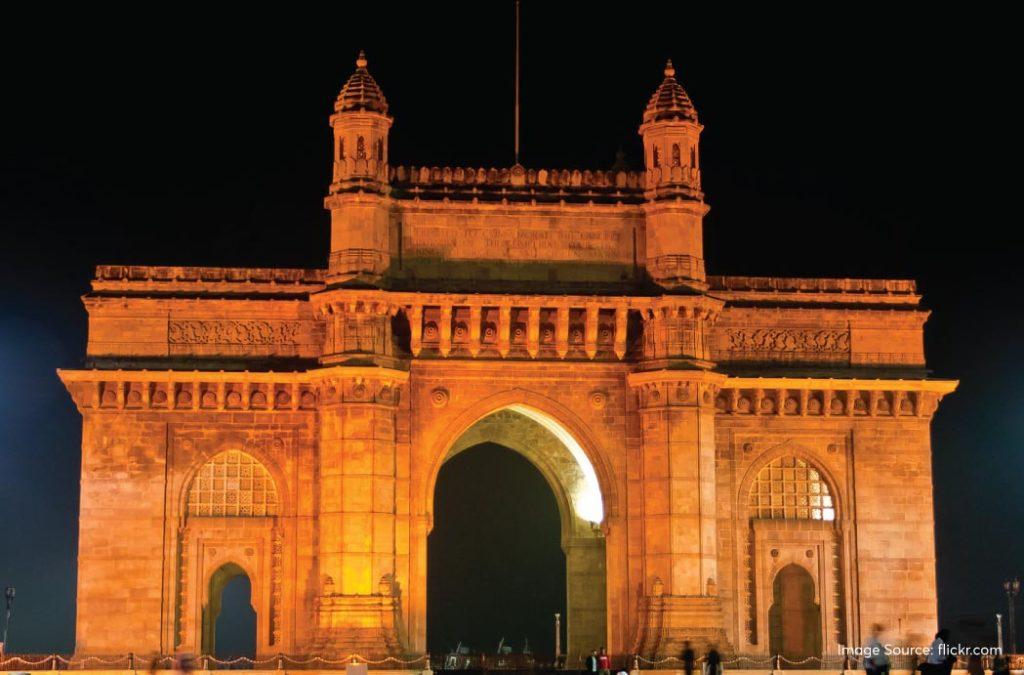
While you might have always known the Gateway of India as a tourist attraction, it is covered in endless layers of history. From the pre-independence era when the British ruled the country to the post-independence era where they left from the same Gateway, there’s so much more to this place. With the stunning architecture, the backdrop of the Arabian Sea and the lively vibe of the people; Gateway of India is an emotion. It is now the time to explore the hidden secrets of this place.
As you spend your day at the Gateway, let us know your thoughts and essential tips to help a bigger community out there.
















